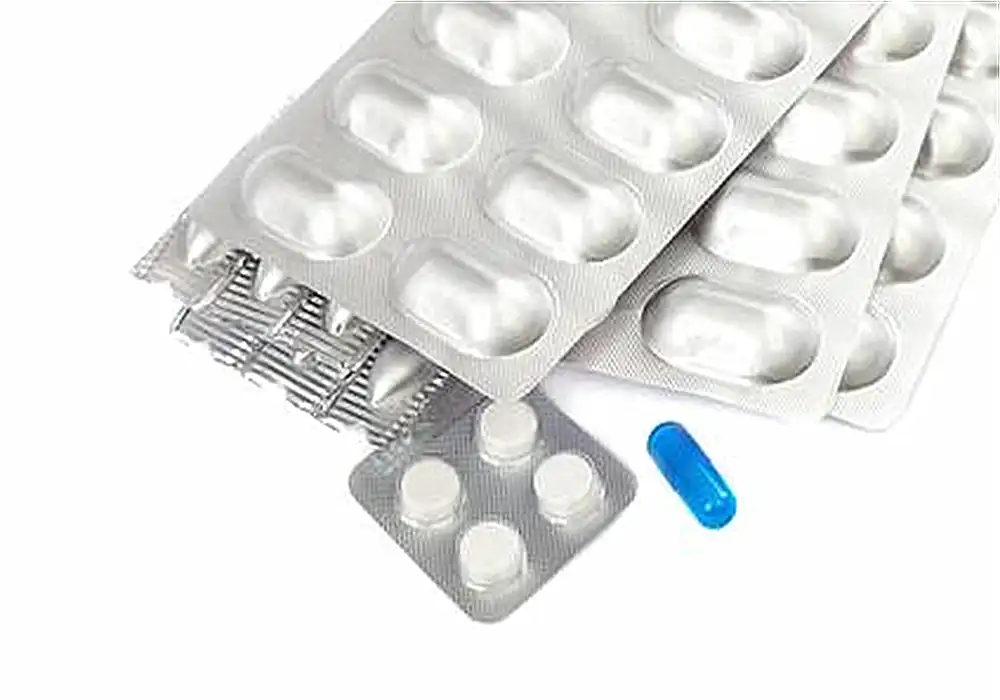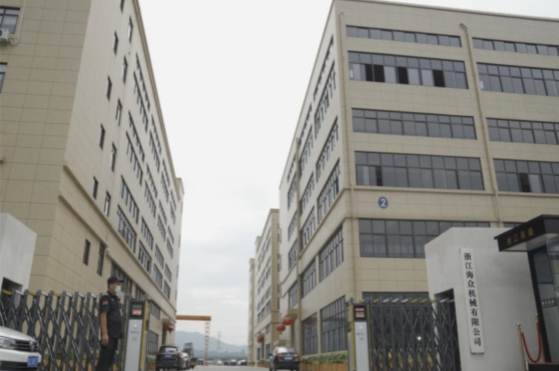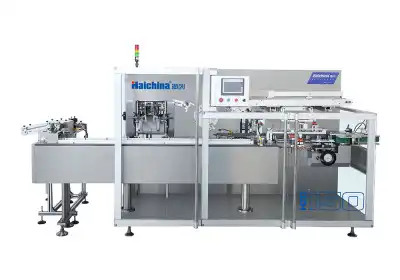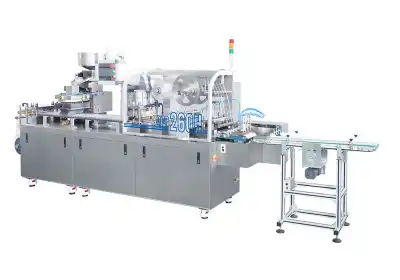Thermoformed Blister Packaging: The Industry Standard
The Thermoforming Process
Thermoformed blister packaging remains the industry standard due to its efficiency and versatility. The process starts by heating a plastic sheet - commonly PVC or PET - until it becomes pliable. This sheet is then shaped into cavities using a forming die, creating customized pockets tailored to the product's dimensions. After forming, the cavities are cooled and trimmed to size. This method enables high-speed, continuous production and is fully compatible with automatic blister packing machines, making it ideal for large-scale manufacturing in various sectors.
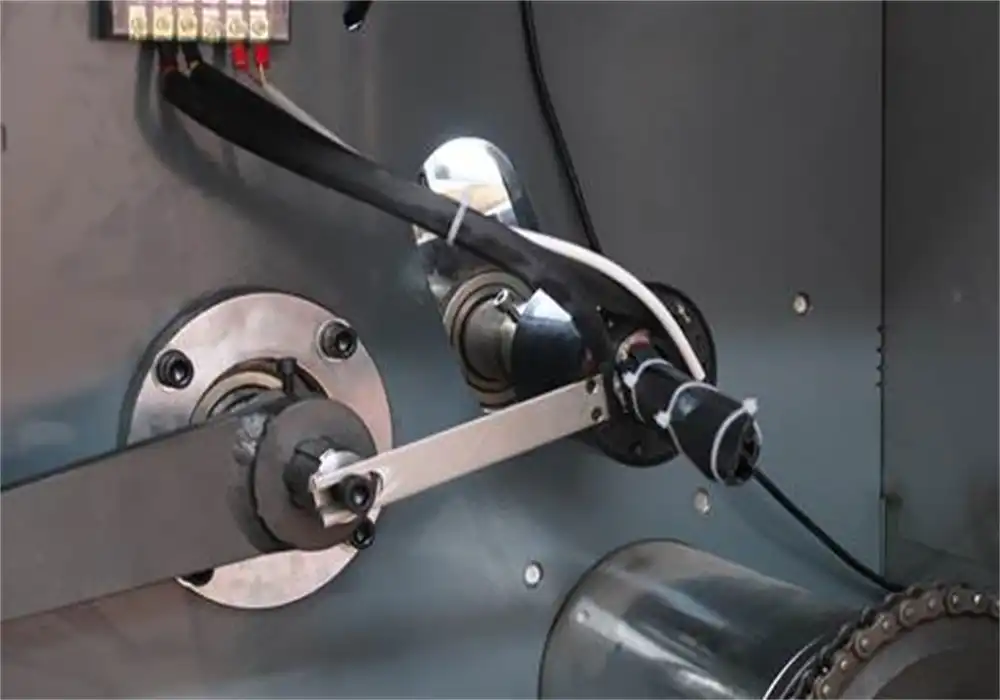
Advantages of Thermoformed Blisters
Thermoformed blisters offer multiple advantages beyond just physical protection. Their transparent plastic structure enhances product visibility, allowing consumers to inspect contents before purchase, which boosts confidence and sales. These packs can be designed to include tamper-evident and child-resistant features, increasing consumer safety. Additionally, the ability to mold precise shapes allows for a snug fit around irregular items, minimizing movement and damage during transit. Thermoformed blisters are also lightweight and stackable, which improves logistical efficiency and shelf presentation.
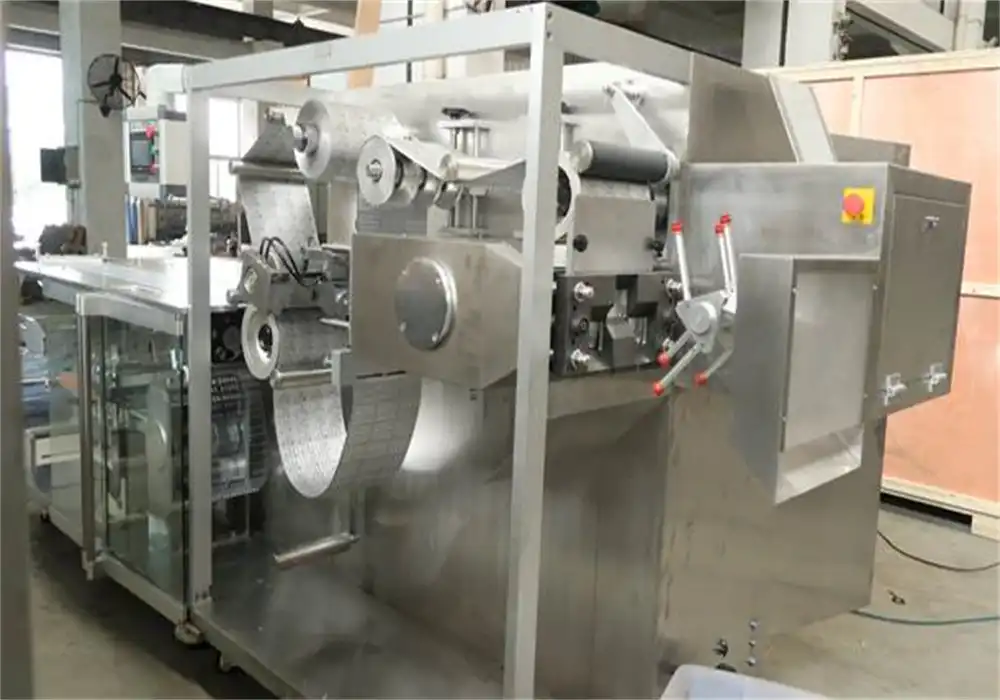
Applications in Different Industries
Thermoformed blister packaging is widely used across industries due to its adaptability. In pharmaceuticals, it's perfect for unit-dose formats, improving dosing accuracy and hygiene. In retail, electronics like headphones, USB drives, and batteries are frequently sold in clear blister packs that display the product while preventing theft. The toy industry uses blister packs to highlight collectible items, while the food sector packages snacks like gum and mints. Thanks to automatic blister packing machines and blister packaging machines, thermoformed blisters can be mass-produced efficiently while meeting diverse industry standards and branding needs.

Cold-Formed Blister Packaging: Superior Protection for Sensitive Products
The Cold-Forming Process
Cold-formed blister packaging, also known as alu-alu blisters, uses a different manufacturing technique compared to thermoforming. In this process, a sheet of aluminum foil is mechanically drawn or pressed into a cavity without the application of heat. This method creates a package with superior barrier properties, making it ideal for moisture-sensitive and oxygen-sensitive products. The cold-forming process allows for deeper cavities and sharper corners compared to thermoformed blisters.
Enhanced Protection Features
The primary advantage of cold-formed blisters is their exceptional barrier properties. The aluminum material provides complete protection against light, moisture, and gases, which is crucial for preserving the efficacy of sensitive pharmaceutical products. This type of packaging is particularly useful for hygroscopic medications or those susceptible to degradation from environmental factors. Cold-formed blisters also offer excellent puncture resistance, further enhancing product protection.
Specialized Applications
While cold-formed blister packaging is predominantly used in the pharmaceutical industry, it also finds applications in other sectors where product integrity is paramount. Some high-end cosmetics and nutraceuticals utilize cold-formed blisters to ensure product stability and extend shelf life. The opaque nature of aluminum also provides a unique aesthetic appeal, which can be leveraged for premium product positioning. Manufacturers often employ sophisticated blister packaging machines to achieve the precision required in cold-forming processes.
Innovative Blister Packaging Solutions: Meeting Modern Demands
Eco-Friendly Blister Options
As environmental concerns grow, the packaging industry is responding with eco-friendly blister packaging solutions. These include biodegradable and compostable materials that maintain the protective qualities of traditional blisters while reducing environmental impact. Some manufacturers are exploring plant-based plastics or recycled materials for blister production. These sustainable options are becoming increasingly popular, especially in industries targeting environmentally conscious consumers.
Smart and Interactive Blisters
The integration of technology into blister packaging is creating new opportunities for product interaction and tracking. Smart blisters equipped with NFC tags or QR codes can provide consumers with additional product information, usage instructions, or authenticity verification. In the pharmaceutical sector, some blister packs now include electronic components to monitor patient adherence to medication regimens. These innovations demonstrate how blister packaging is evolving beyond mere containment to become an integral part of the product experience.
Child-Resistant and Senior-Friendly Designs
Balancing safety with accessibility has led to the development of specialized blister packaging designs. Child-resistant blisters incorporate features that make it difficult for young children to access the contents while remaining accessible to adults. Conversely, senior-friendly designs focus on ease of opening for older adults who may have limited dexterity. These specialized designs often require advanced blister packaging machines capable of producing complex sealing patterns and incorporating multiple material layers.
Conclusion
Blister packaging offers a diverse range of solutions to meet the varied needs of different products and industries. From the versatility of thermoformed blisters to the superior protection of cold-formed options, and the innovative designs addressing modern concerns, blister packaging continues to evolve. As manufacturers strive to balance product protection, consumer convenience, and environmental responsibility, the role of advanced blister packaging machines becomes increasingly critical. By understanding the different types of blister packaging available, businesses can make informed decisions to enhance their product presentation, protection, and overall consumer experience.
Contact Us
For more information on blister packaging solutions and cutting-edge blister packaging machines, contact Zhejiang Haizhong Machinery Co.,Ltd. at [email protected]. Our team of experts is ready to help you find the perfect packaging solution for your products.
